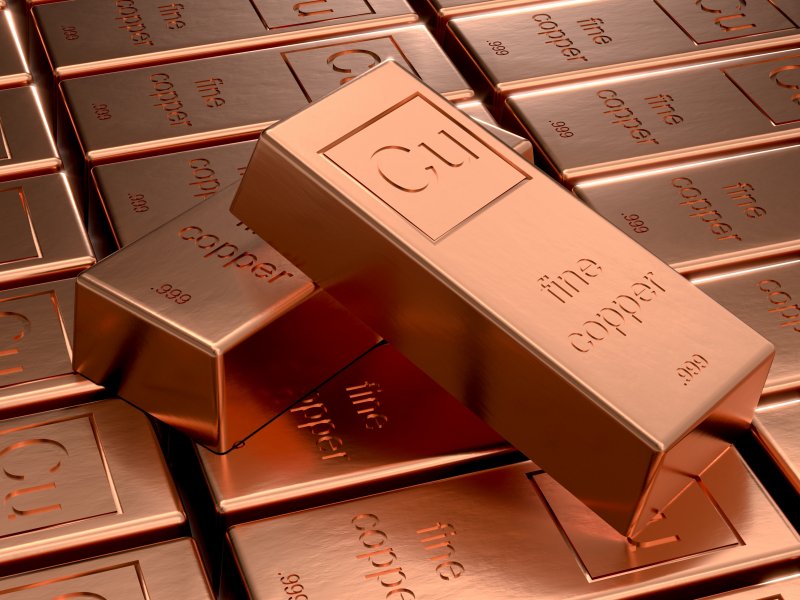
Copper Facts
Copper, element number 29 on the periodic table, was one of the first metals to be manipulated by humans. Dating back as far as 5100 B.C., copper ranks as the third-most-consumed industrial metal in the world, after iron and aluminum. It’s unique ductility, malleability, thermal and electrical conductivity, and its resistance to corrosion make it an essential material in our everyday lives. Copper is most commonly used in these applications: electrical wiring, plumbing, telecommunication, and building construction.
Just the Facts
- Atomic Symbol: Cu
- Atomic Weight: 63.55
- Atomic Density: 8.92 grams
- Phase at Room Temperatures: Solid
- Melting Point: 1,984.32°F
- Boiling Point: 5,301°F
Who Knew? Copper Facts
- The coloring of copper is both shinny and reddish. Copper is the only metal on the periodic table whole coloring isn’t naturally silver or grey; aside from gold, of course. Copper is one of the few metals found in its native form; which is why it was one of the first metals to be used by ancient people.
- Copper artifacts are sprinkled throughout history. A tiny awl, the oldest metal object ever to be found in the Middle East, was discovered buried with a middle-aged woman in an ancient village in Israel. Researchers have found massive copper mines dating back to the 10th century B.C. in Israel.
- Copper’s antimicrobial properties are making it increasingly popular in the medical field. It kills bacteria, viruses, and yeasts on contact according to a 2011 paper in the journal of Applied and Environmental Microbiology. Hospitals are currently doing experimentations on the use of copper to cover frequently touched surfaces.
- Approximately two-thirds of the copper on Earth is found in volcanic rocks. A quarter occurs in sedimentary rocks, according to the U.S. Geological Survey. Chile is the top copper-producing country in the world, with the largest copper mine being located in Escondida, Chile.
- Copper turns green because of an oxidation reaction; that is, it loses electrons when exposed to water and air. The resulting copper oxide is a dull green. This oxidation reaction is the reason the colossal copper-plated Statue of Liberty – located on Liberty Island in New York Harbor, New York – is green rather than orange-red.
6. Because of copper’s unique properties, singularly or in combination, copper is one of the most commonly stolen metals. In fact, according to the FBI, the continuing theft of copper is threatening U.S. infrastructure. To prevent copper theft from affecting your bottom line, consider investing in high-quality anti-theft products, such as plastic downspout nozzles.